Microsoft 365 Visual Personality — Cross-Suite Design Language
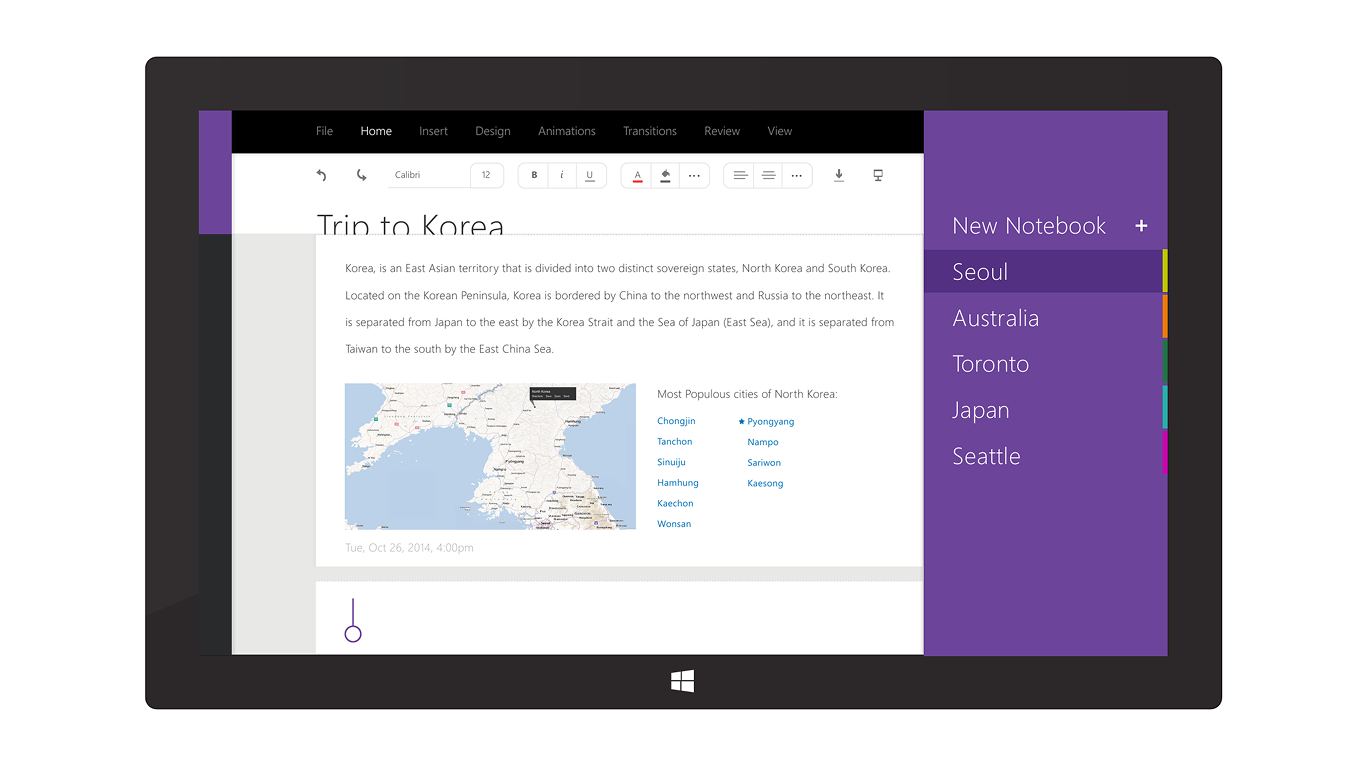
Project: Led suite-wide visual personality exploration defining modern, cohesive design language across Microsoft 365. Spearheaded Outlook’s contribution to unified M365 experience while establishing scalable visual foundations for the broader product ecosystem.
My Role
Lead Product Designer representing Outlook in cross-functional M365 design initiative. Collaborated with design and brand teams across Word, PowerPoint, OneNote, and other core applications to shape unified visual direction and design standards.
Strategic Contribution: Developed visual treatments and component approaches that influenced design decisions beyond email, creating scalable solutions for the broader M365 ecosystem. Led Outlook-specific explorations while contributing to system-level visual language decisions.
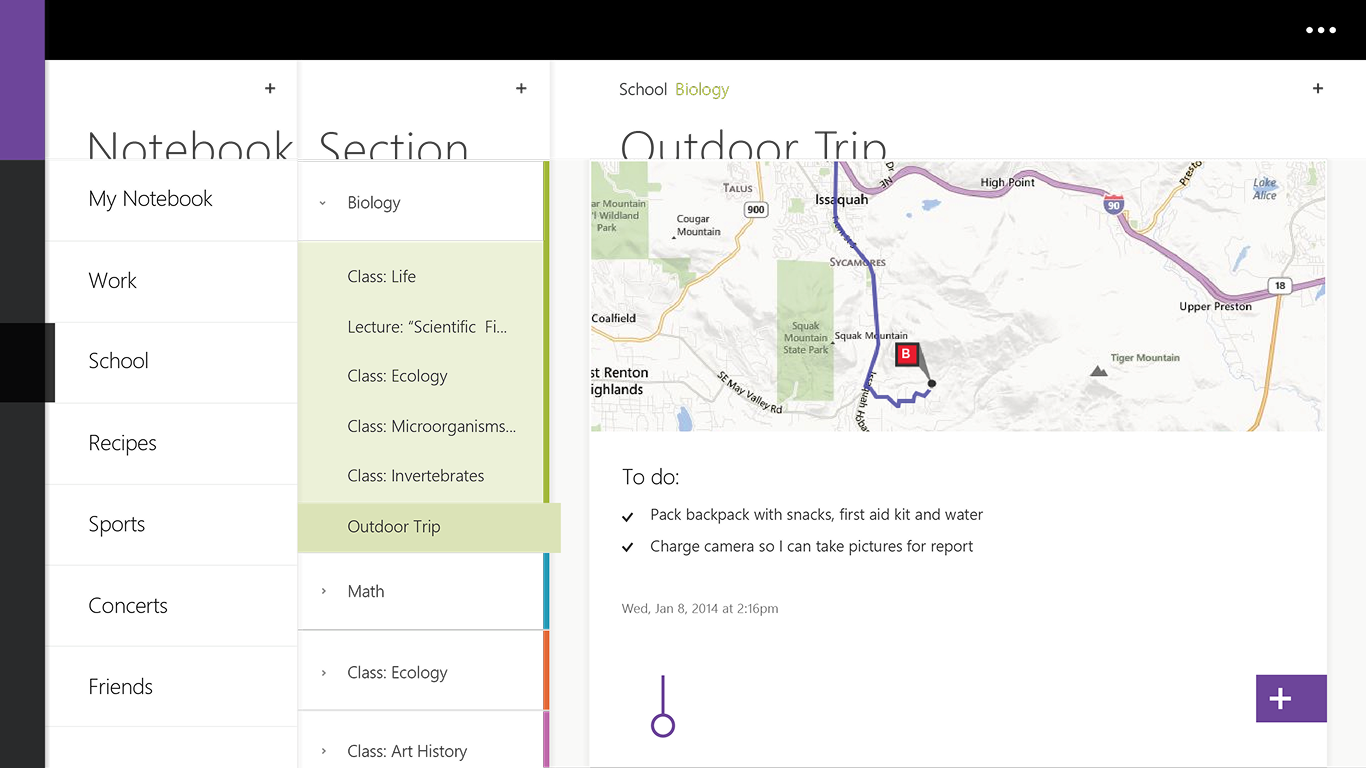
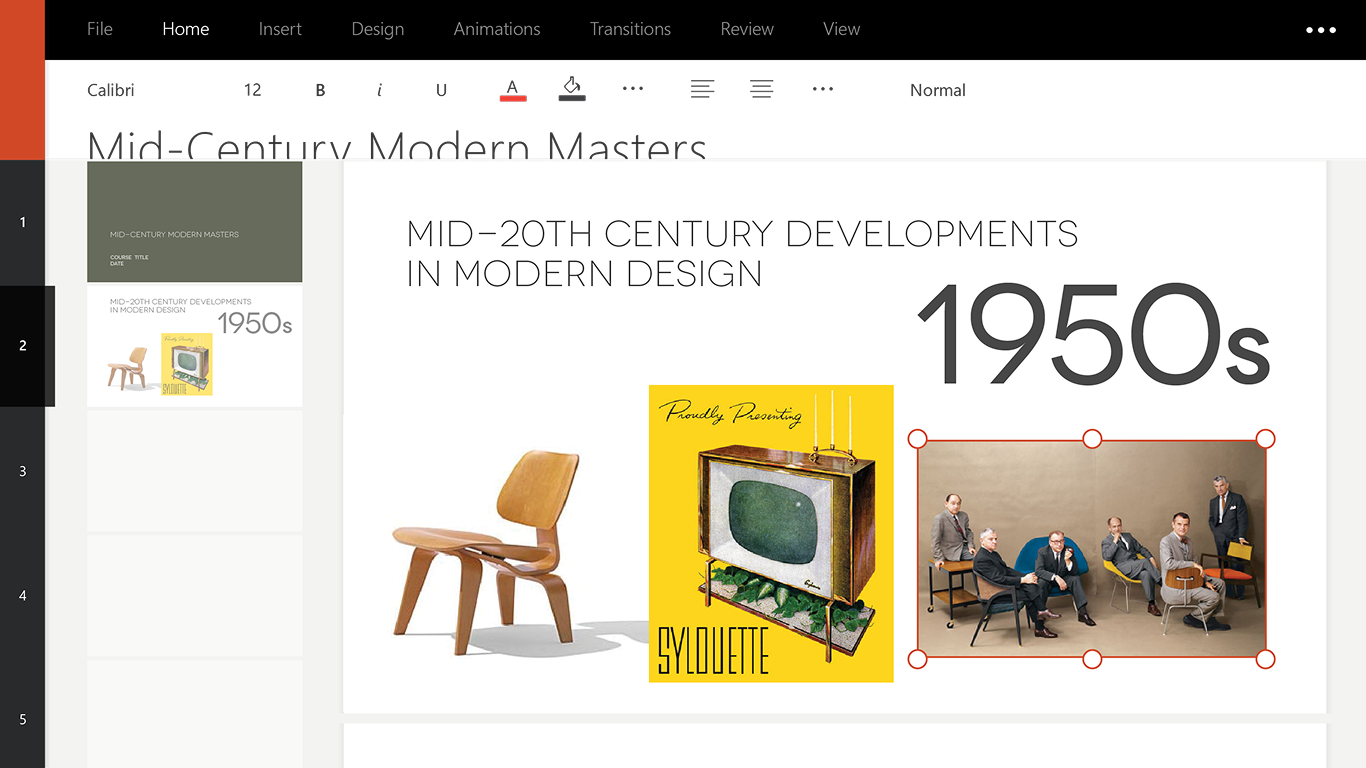
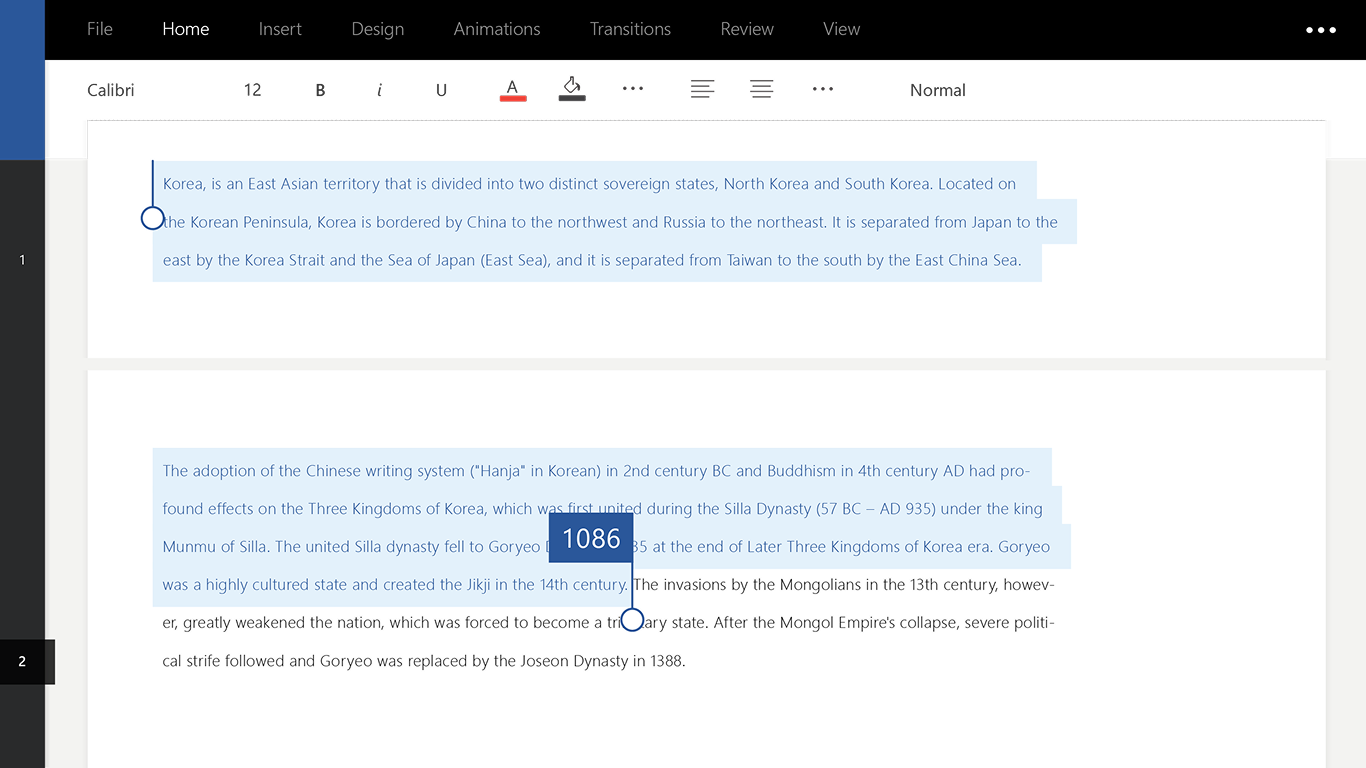
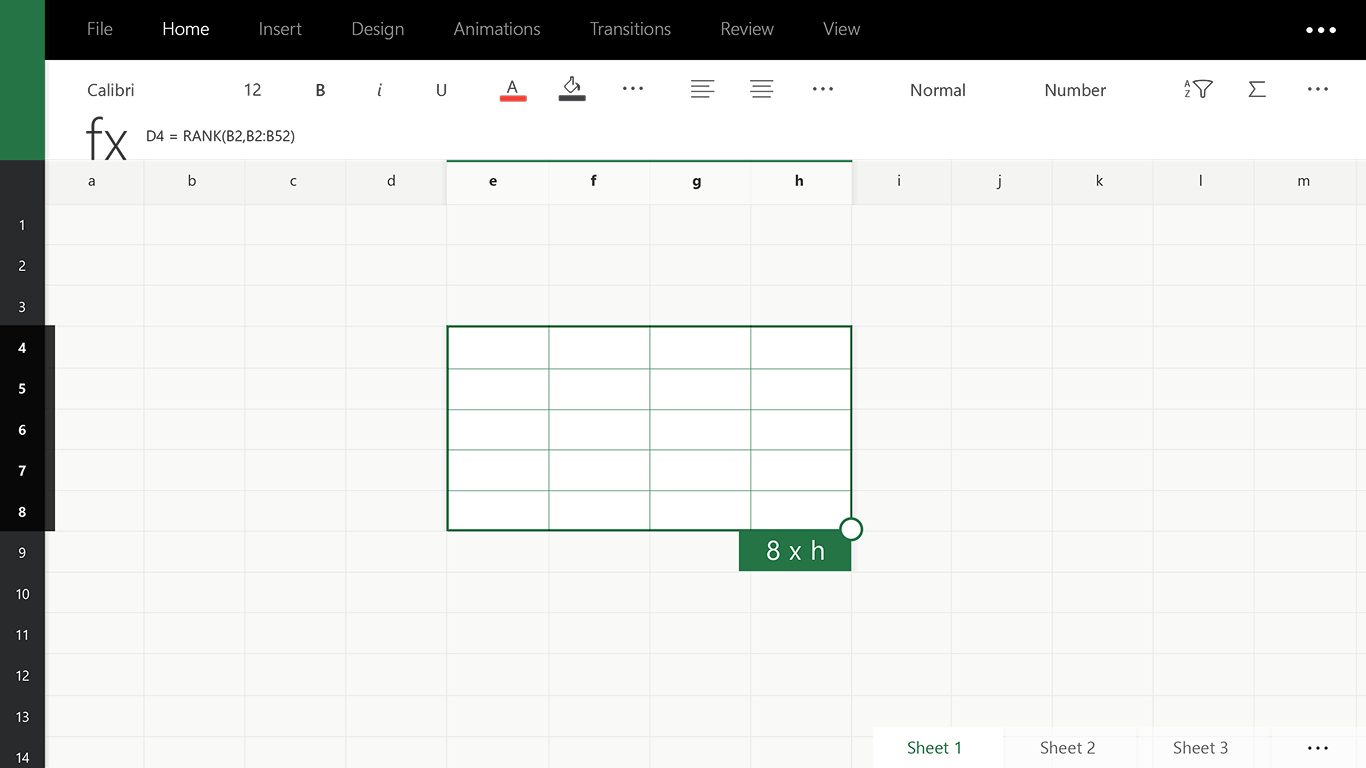
Opportunity
Fragmented Experience: Microsoft’s shift toward integrated M365 offering revealed inconsistencies in UI tone, layout, and styling across applications, creating disjointed user experiences that undermined productivity and brand cohesion.
Outlook as Anchor: As one of the most-used applications in the suite, Outlook needed to modernize its visual style while serving as a reference point for cross-suite alignment and design maturity.
Premium Positioning: Opportunity to develop cohesive, modern, and approachable visual foundation that reinforces Microsoft’s design leadership while creating seamless, branded experiences across the ecosystem.
Strategic Scope: Balance professional functionality with warmth and approachability, ensuring visual language scales across products, platforms, and diverse user scenarios.
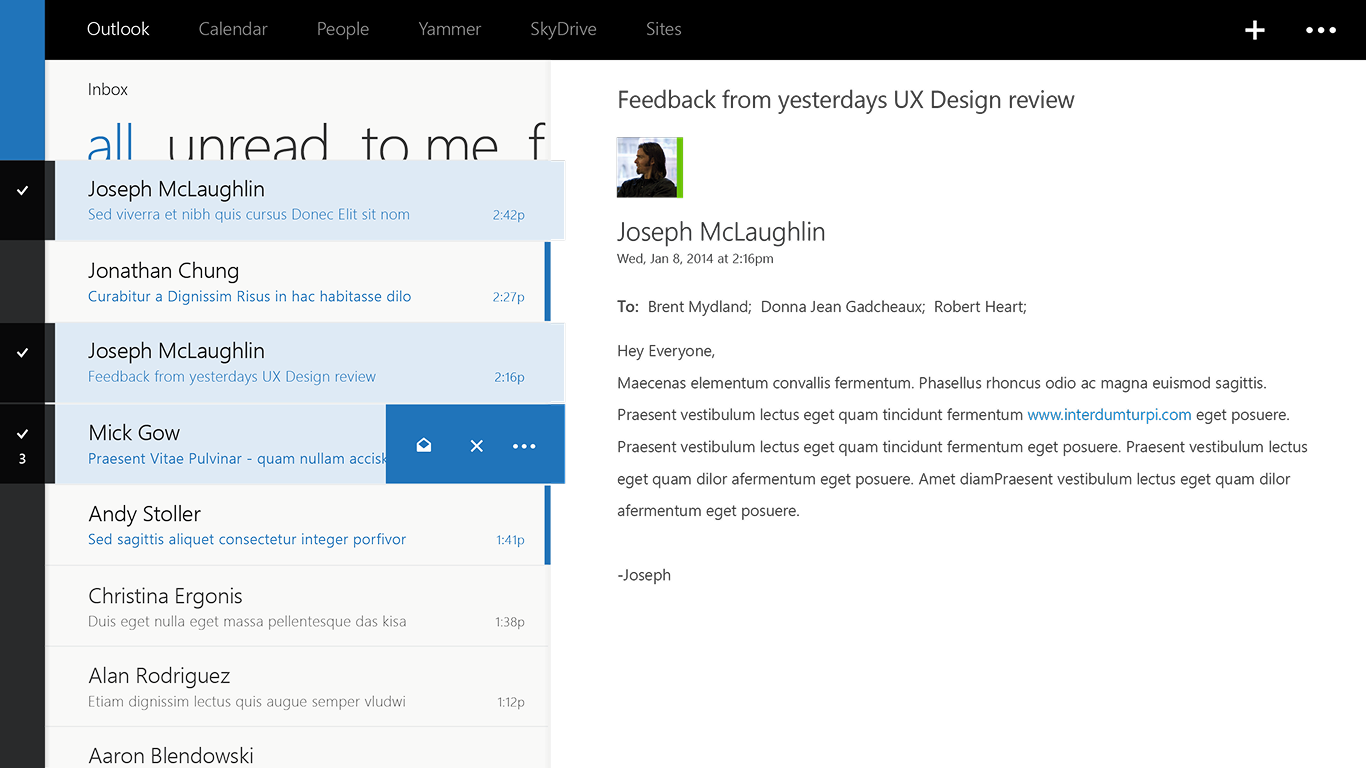
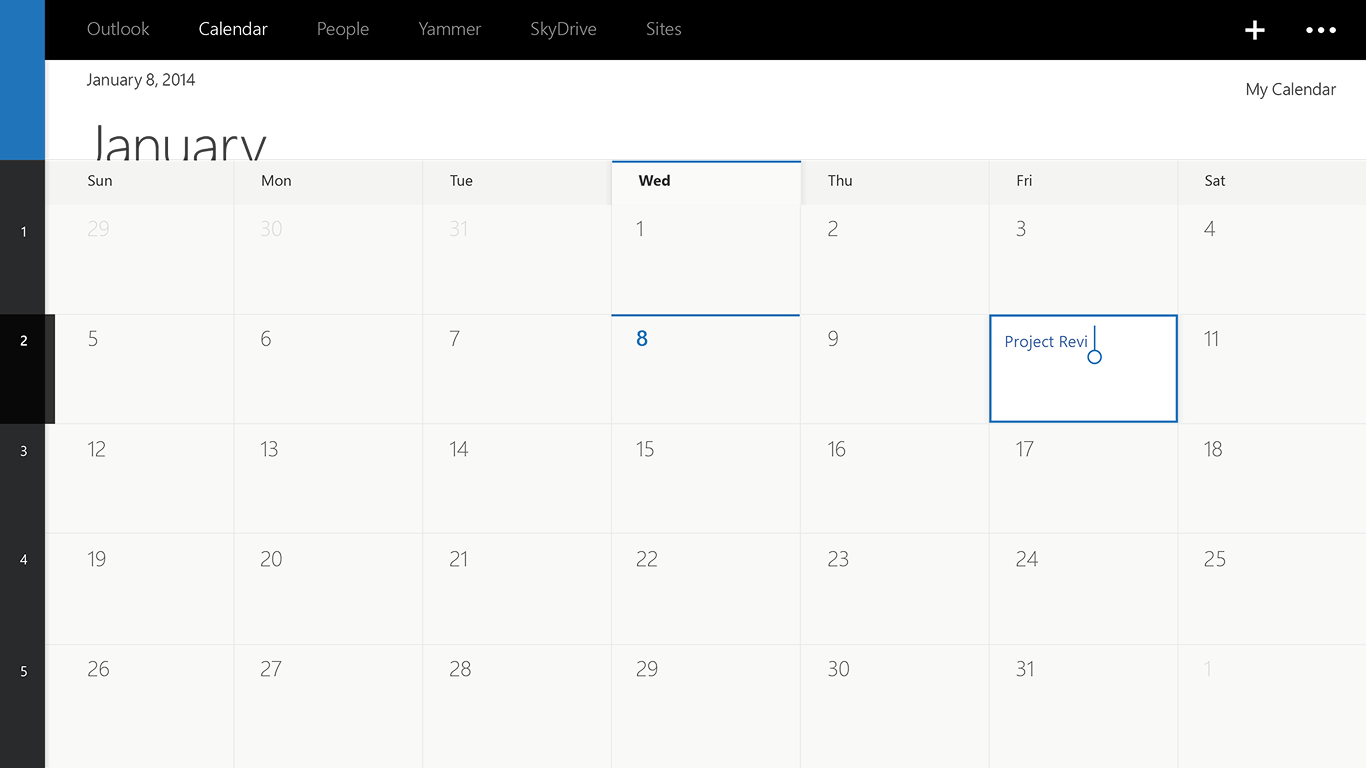
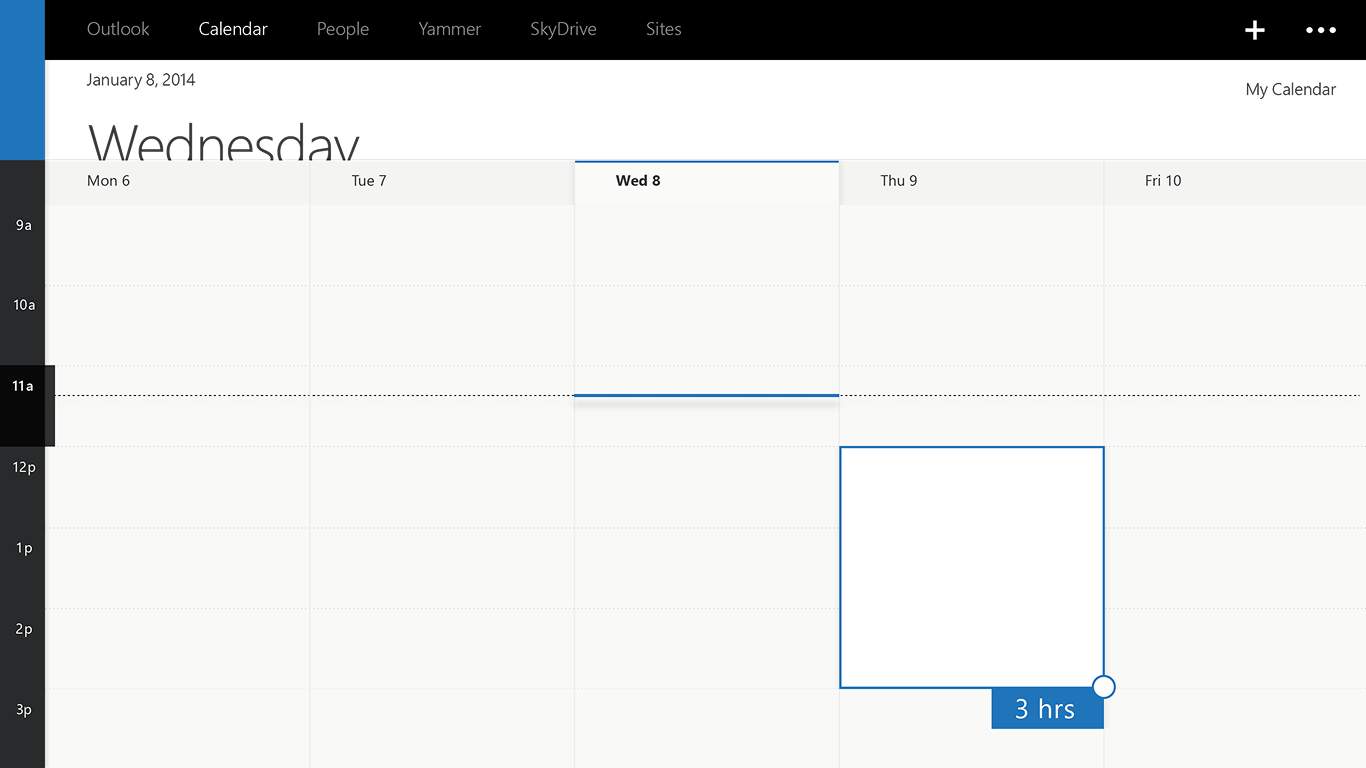
Process
1. Cross-Suite Exploration: Developed visual proposals for core M365 and Outlook components including headers, navigation, surfaces, and system theming aligned with emerging brand and design system direction.
2. Scalability Testing: Collaborated with designers from Word, OneNote, PowerPoint, and Teams to validate how Outlook-based visual concepts could scale across applications. Tested shared components, motion behavior, and tonal alignment.
3. Visual Language Refinement: Contributed to foundational decisions around UI depth, contrast, shadow systems, and microinteractions. Created design artifacts demonstrating how visual personality balances professionalism with human approachability.
4. System Implementation: Partnered with engineering and design system teams to ensure selected visual elements translated to production code. Aligned with Fluent UI evolution while maintaining consistency across themes, platforms, and screen sizes.
5. Cross-Team Enablement: Supported rollout through design guidance, component specifications, and best practice documentation enabling consistent adoption across M365 teams.
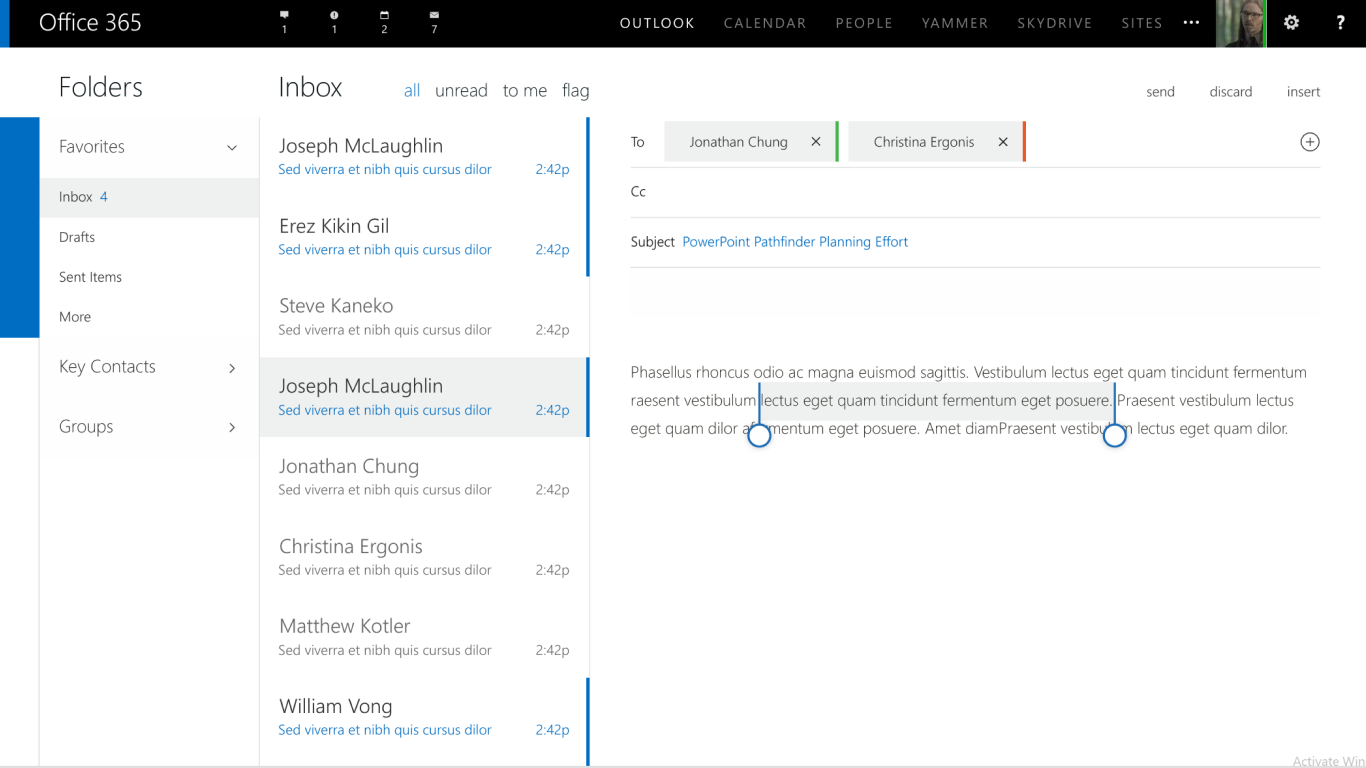
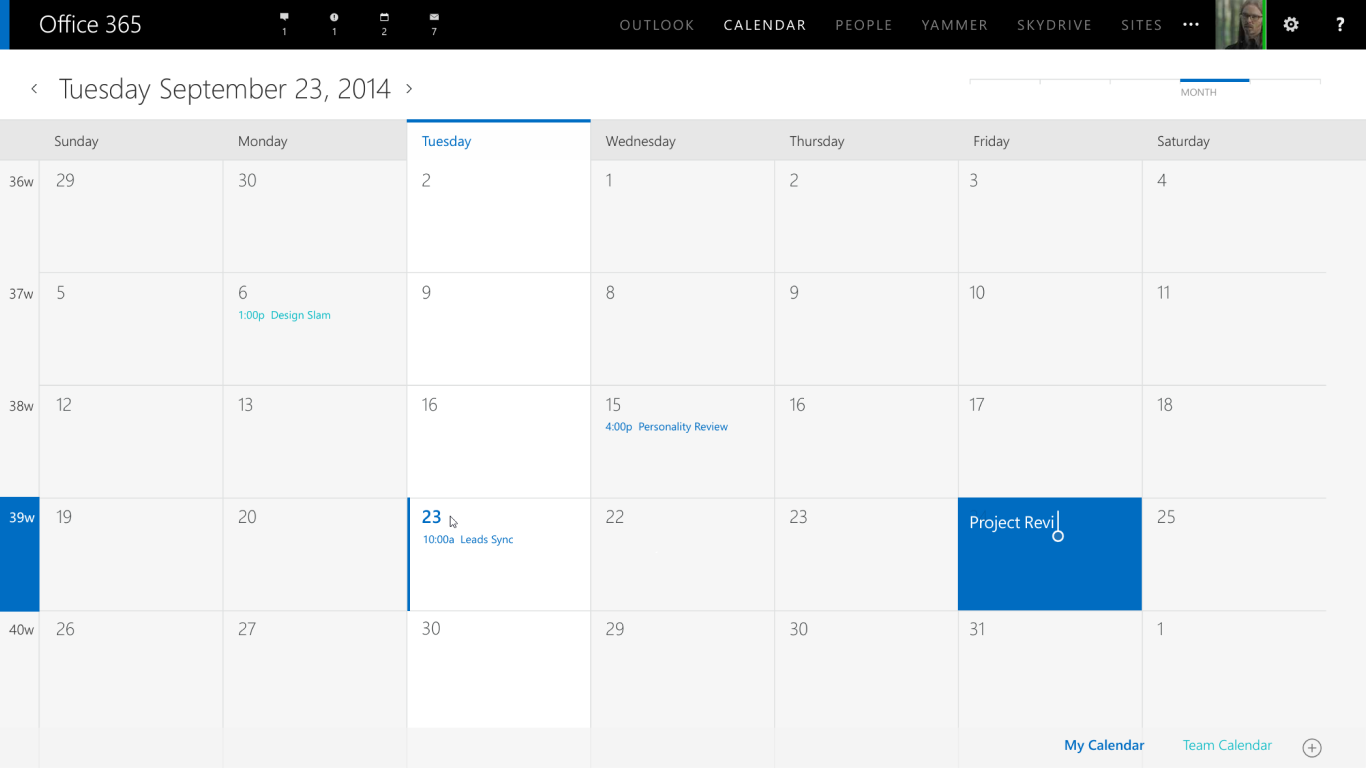
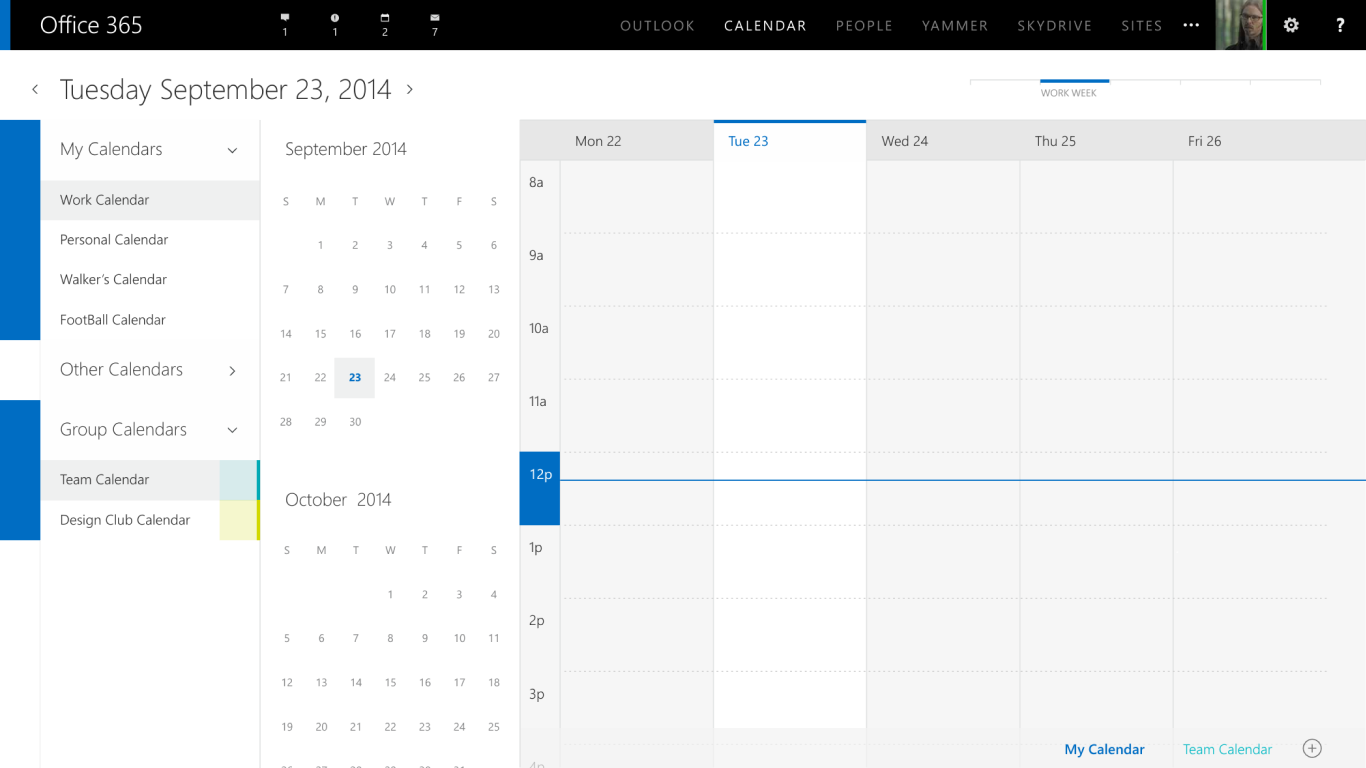

Results
Cross-App Visual Alignment: Outlook explorations directly informed scalable design treatments now implemented across Microsoft 365, creating consistent user experiences and stronger brand cohesion.
Production Impact: Visual language elements remain live across Outlook and M365 applications, supporting daily workflows for hundreds of millions of users worldwide.
Enhanced Brand Perception: Modernized, human-centered visual approach contributed to increased user engagement and improved quality perception across key touchpoints and user research metrics.
Design System Evolution: Shaped foundational visual decisions and system-level standards that continue serving as the foundation for Microsoft’s design ecosystem and future product development.
Business Value: Contributed to premium, unified M365 experience supporting user trust, product adoption, and Microsoft’s competitive positioning in productivity software market.
Industry Recognition: Work praised internally as milestone in cross-product design collaboration, balancing systematic rigor with expressive, human-centered design craft.